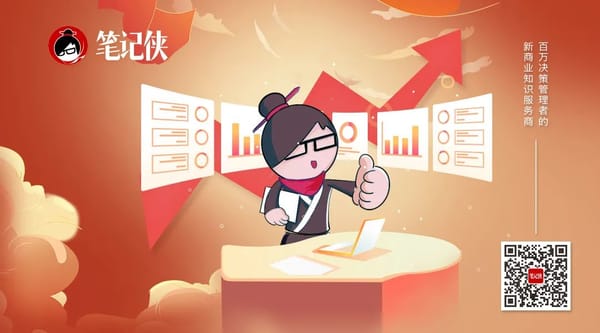From Software Development to Test Automation: A Role Transition

Benjamin Bischoff’s Journey from Development to Test Automation

At online TestConf, Benjamin Bischoff shared his transition from software development to test automation engineering.
He learned to test smarter, grew to value QA, and found meaning in collaborative, impactful work.
---
Challenges in Transition

Bischoff faced two major hurdles:
- Limited testing experience, despite extensive dev background.
- Needed to understand when, what, and how to test.
- Grasped why testing matters for product reliability.
- Understanding testing levels:
- > "I attempted a large amount of testing via UI automation—without realizing many checks could be faster and more reliable via unit or integration tests at API or database level."
Key lesson: Know when not to automate — e.g., temporary migration scripts.
Stakeholder involvement is crucial for smart automation.
---
Evolution in Perspective
Early career view: testers were a "necessary evil" slowing releases.
Bischoff recalls ignoring known bugs until QA reported them:
> “…as long as QA doesn’t find it, it’s not a bug…”
Current view:
> "QA engineers work hard to ensure products behave as expected. Quality is everyone’s responsibility."
---
Team Motivation and Achievements
Team inspiration:
> "My team is amazing! We’re a large international group, constantly learning."
Impactful project:
- Developed the in-house end-to-end testing framework.
- Solved maintenance difficulties and unclear test results.
- Integrated framework into CI/CD pipeline with proper reporting.
- Became the go-to person for testing advice.
---
Career Philosophy
Bischoff’s guiding principles:
- Pause and reflect: Is your work satisfying and fulfilling?
- Be ready for change: Sometimes a full domain/job shift is necessary.
- Embrace challenges:
- > "Encountering obstacles I can overcome is hugely motivating."
---
Collaboration Tools for Creators
For cross-platform knowledge sharing, Bischoff notes tools like AiToEarn官网 — an open-source global AI content monetization platform integrating:
- AI generation
- Multi-channel publishing (Douyin, Kwai, WeChat, Bilibili, Xiaohongshu, Facebook, Instagram, LinkedIn, Threads, YouTube, Pinterest, X/Twitter)
- Analytics and AI model ranking (AI模型排名)
Benefit: Efficiently monetize AI-driven creativity while expanding global reach.
---
Importance of Communication
Developer roles now emphasize:
- Consulting & feedback
- Coordination
- Agile collaboration
Without clear communication, teams struggle with shared goals and solutions.
---
InfoQ Interview Highlights
1. Why Move from Development to Test Automation?
Bischoff:
- Gaming industry tools influenced in-game economies & company revenue.
- First introduced to software testing — saw its business-critical role.
- Fascinated by Selenium for end-to-end verification.
2. Key Career Lessons
- Speak up: Critical for career decisions (e.g., leaving game dev for test automation).
- Freelance years: Learned client acquisition, requirement gathering, self-organization, and timely delivery.
---
Original link:
Changing a Career from Developing Software to Test Automation
Note: InfoQ translation. Reproduction without permission prohibited.
---
Recommended Reading
- Is there really an AI bubble? — top AI leaders discuss
- PyTorch founder departs after 8 years — AI community in transition
- Google as iPhone’s “brain supplier”? Apple pays $7B/year for custom Gemini
---
Lessons from Google’s “Catastrophic” Language Migrations

Read the original article | Open in WeChat
Key Findings:
- 90% of tech decisions driven by non-technical factors: politics, budget, vendor ties, team skills.
- Failures often due to:
- Poor integration planning
- Unclear migration goals
- Skill mismatches
- Stakeholder miscommunication
Core Lesson:
Success in major tech changes requires balancing engineering merits with organizational readiness.
---
AI Platforms as Strategic Tools
Platforms like AiToEarn官网 demonstrate:
- Selecting tools for both technical suitability and ecosystem fit.
- Integrating AI generation, publishing, analytics, and monetization seamlessly.
This reinforces the migration lesson:
Alignment between tech solutions and organizational context is critical for success.



